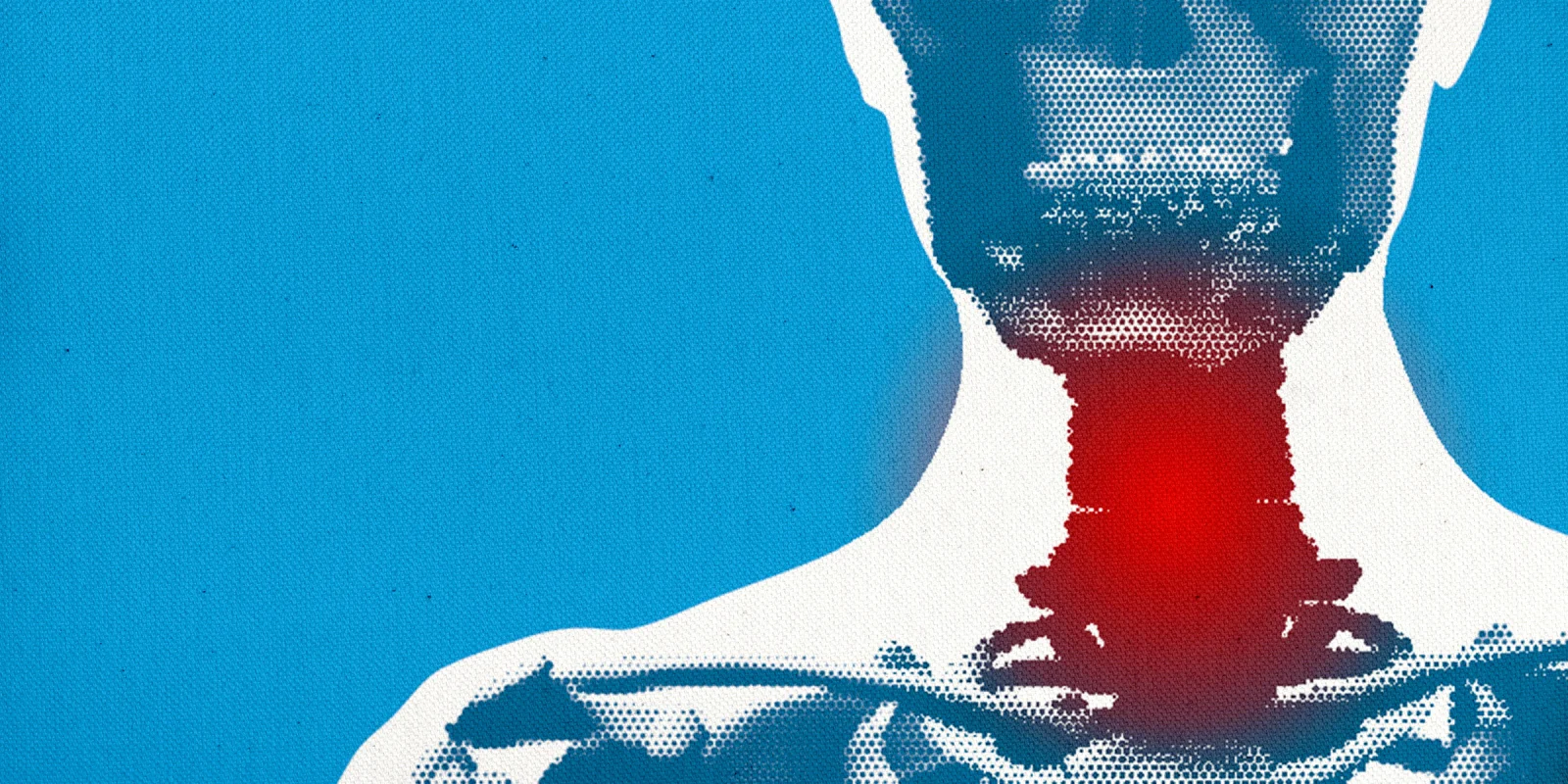“Do you want the table up? You need to protect your back, you have a long career ahead of you.”
Well-seasoned surgeons, circulating nurses, and scrub techs alike will share their words of wisdom when it comes to self-preservation in the OR. As a young surgeon in training, I am accustomed to being flexible – standing on tiptoe to reach across the OR table to retract or guide the hands of a medical student, craning my neck to peer into the surgical field, or perhaps straining my eyes to see without an overhead light. This “flexibility” serves me well as I find myself able to complete tasks without disrupting the flow of the operation, though often at the expense at my own comfort.
Counterintuitively, this flexibility is in fact not at all about flexibility. It’s about tolerating a position of discomfort for just long enough that the case can move along. Yet, as I peer across the table at those with decades of experience, I notice varying degrees of kyphosis in the neck or perhaps a faded scar from a cervical fusion. The surgeon’s stoop – a badge of honor for years of hard work? The sacrifice we take to have the unique privilege of helping people? Perhaps.
Reflecting on the words of caution from those whom I consider mentors and teachers, I began thinking about my own surgical longevity and physical health. Must the two be mutually exclusive? How can I proactively work toward both protecting and caring for my body in ways that mitigate the effects of our unique occupational hazards?
I have always considered myself relatively athletic. Activities like running, hiking, biking, and playing a variety of sports have been a part of my life since early childhood. Despite maintaining this athleticism throughout medical school and residency, I found that being “in shape” for athletics was still far from “in shape” in the OR. For example, the muscles for posture — erector spinae, gluteus maximus and medius, iliacus, and adductors – gently remind me of their presence after a particularly long case. But if the traditional strategies for fitness were not particularly helpful for surgical fitness, what could prevent me from developing those unwanted signs of operative fatigue?
Then I found hot yoga.
Hot yoga is a form of yoga that is performed in a heated environment, up to 105 degrees. There are a variety of styles of hot yoga (many are familiar with Bikram or Vinyasa) and each class or studio may vary. Regardless of style and preference, this form of yoga helps improve strength, flexibility, and mindfulness – with the sweat and heart rate to match any cardio workout.
With hot yoga added to my weekly exercise routine, I find myself more flexible, less sore, and more aware of my body. This awareness extends into the OR where I frequently find myself “checking in” with myself during particularly long cases. How is my posture? What parts of my body are feeling fatigued? Do I need to take a deep breath to reset? These moments of introspection allow me to briefly divert my attention away from the surgery that demands my full attention and physical participation, effectively allowing myself the time to recommit to the patient and surgery that lies in front of me.
I believe that the practice of hot yoga can provide surgeons the tools to combat the physical and mental demands of surgery. While the benefits are difficult to measure, data suggests with those participating in hot yoga report a greater sense of well-being, and surgeons in particular may benefit.
Yoga and medicine are referred to as “the practice of” as both require commitment, humility, and training. As I work toward mastery in the practice of medicine and surgery, my body and mind have thanked me for being equally as committed to the practice of yoga.
As a result, I begrudgingly, yet with increasingly more confidence, request “Table up, please.”
Surgeons, how do you take care of your body? Share in the comments.
Dr. Peter Wirth is a plastic surgery resident in Madison, Wisconsin. He publishes consistently on the business and practice of plastic surgery. His work is shared through Instagram at @drpeterwirth.
Image by iMrSquid / Getty Images







